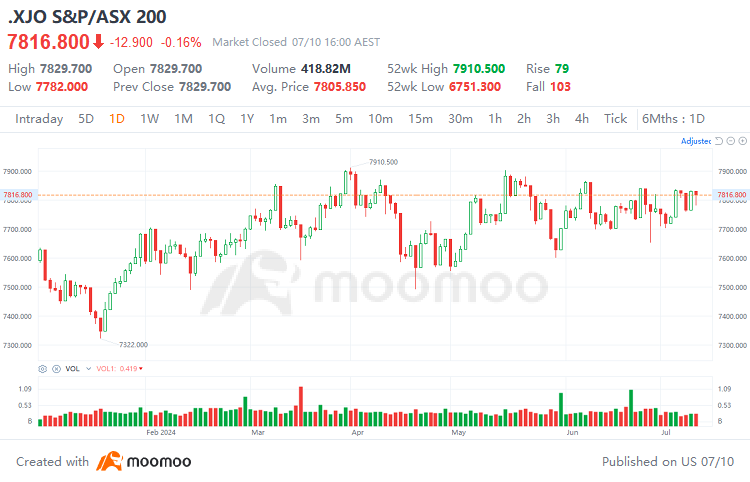The launch of OpenAI's ChatGPT in November 2022 marks a significant breakthrough in artificial intelligence. As the demand for AI increases, the integration of generative AI into various sectors, such as document processing, manufacturing, and product design, has led to increased stock returns in related industries. Companies like NVIDIA and TSMC, which support AI infrastructure, have remarkable gains in 2024. As AI continues to expand into everyday applications, its impact on stock markets will grow, prompting investors to keep a close watch on AI advancements. After experiencing a strong rally, although opportunities still exist, valuations of AI related stocks are not cheap, and return expectations should be more moderate in the next. A key factor in maintaining high valuations is whether the performance of earnings can consistently meet Wall Street's expectations.










151652693 : There are many theories that do not touch the QE factor that caused the rise and harvest of global finance
151336027 :![undefined [undefined]](https://static.moomoo.com/nnq/emoji/static/image/default/default-black.png?imageMogr2/thumbnail/36x36)
151830249 :
151078437 :![undefined [undefined]](https://static.moomoo.com/nnq/emoji/static/image/default/default-black.png?imageMogr2/thumbnail/36x36)
151817588 :![undefined [undefined]](https://static.moomoo.com/nnq/emoji/static/image/default/default-black.png?imageMogr2/thumbnail/36x36)
151471632 :
151266750 :![undefined [undefined]](https://static.moomoo.com/nnq/emoji/static/image/default/default-black.png?imageMogr2/thumbnail/36x36)
Gameplayer : good